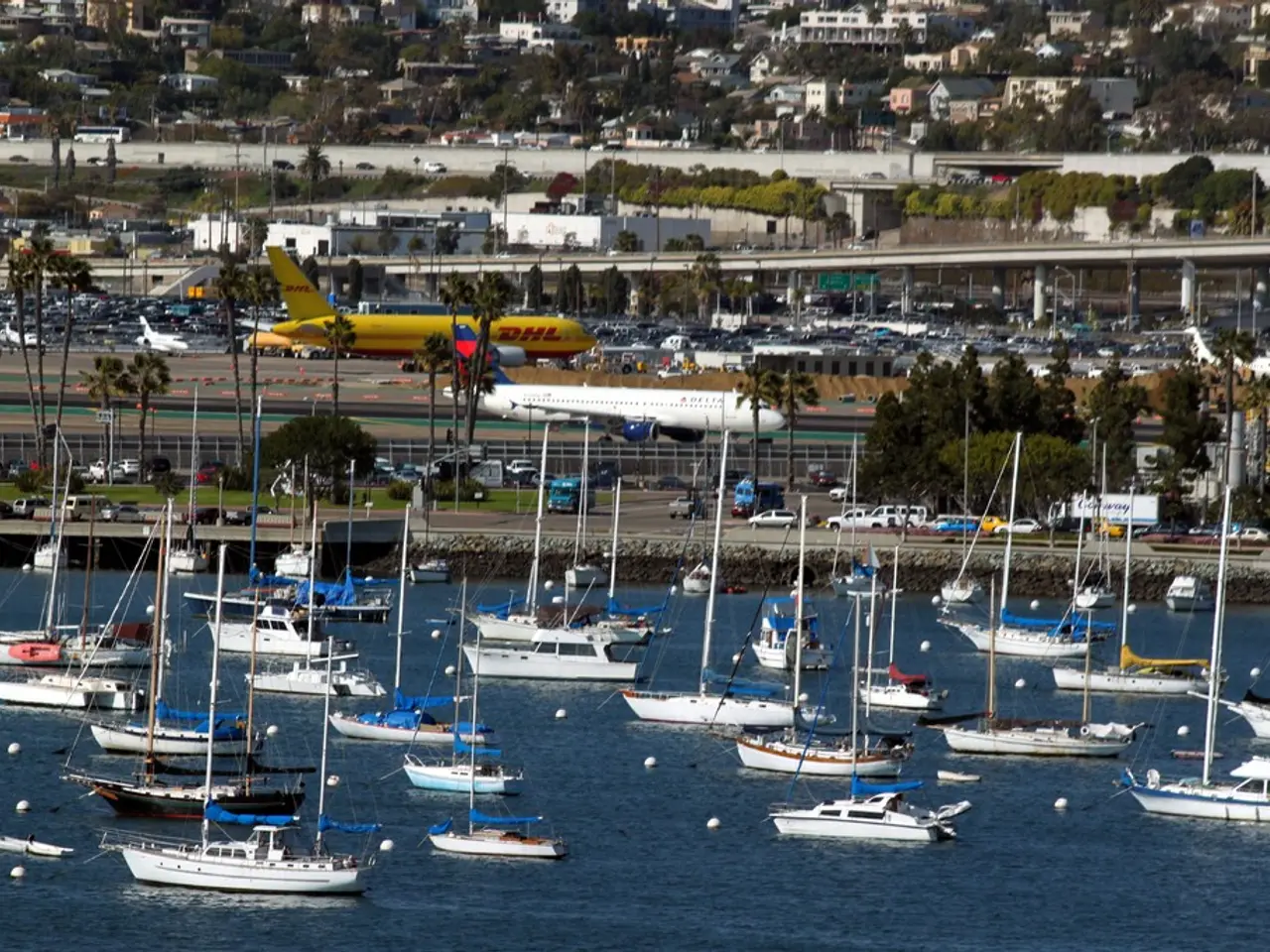Collaboration within the Baltic Sea Region
The Estonian presidency of the Baltic Sea Council concluded with a significant meeting on the Estonian Baltic coast on May 15-16, 2025. Foreign ministers gathered to discuss further strengthening joint security in the Baltic Sea region, marking a crucial step in the ongoing efforts to maintain peace and stability in the region.
The Baltic Sea Council, established in 1992, has evolved into a broad network of interstate cooperation in various fields surrounding the Baltic Sea. The overall steering for the EU Strategy for the Baltic Sea Region (EUSBSR) is provided by the Council of the EU, with the secretariat of the Baltic Sea Council located in Stockholm.
The EUSBSR, launched in 2009, is one of four macroregional strategies within the EU. It aims to coordinate regional strategy planning of the Baltic Sea coastal states, focusing strategically on three objectives: Conservation of the Baltic Sea, Connectivity of the region, and Promotion of prosperity. The annual forum within the EUSBSR provides a platform for exchange among actors involved in implementing the strategy.
The recent focus on security in the region stems from the suspension of activities with Russia and Belarus, following their aggression, as announced in a joint declaration on March 8, 2022. This decision involved the EU, Norway, and Iceland, and the new implementation of the Northern Dimension, a framework for regional dialogue and cooperation among these partners, has been altered to exclude Russia and Belarus. The European Union, Iceland, Norway, and potentially other Nordic and Baltic countries are now the primary participants in this revised Northern Dimension.
Poland has assumed the annual rotating presidency of the Baltic Sea Council, succeeding Estonia. Under the Polish presidency, the priority is to promote regional security, protect critical infrastructure, and address the Russian shadow fleet. Germany last held the one-year presidency in 2022/23.
Members of the Baltic Sea Council include the eight Baltic Sea coastal states: Germany, Denmark, Estonia, Finland, Lithuania, Latvia, Poland, and Sweden, as well as Iceland, Norway, and other unspecified countries. For more information about the Baltic Sea Council and its activities, visit www.cbss.org. For more information about the EU Strategy for the Baltic Sea Region and its annual forums, visit www.balticsea-region-strategy.eu. For more information about the Northern Dimension, visit the European External Action Service's website.
Read also:
- ICE directed to enhance detention conditions following NYC immigrants' allegations of maltreatment
- Israeli finance minister issues warnings about potential annexation of West Bank territories
- United States faces rebuttal from South Africa over allegedly deceitful human rights report and assertions of land expropriation
- Accident at Rodalben Results in Injuries; Geoskop Area near Kusel Affected After Stormy Weather








